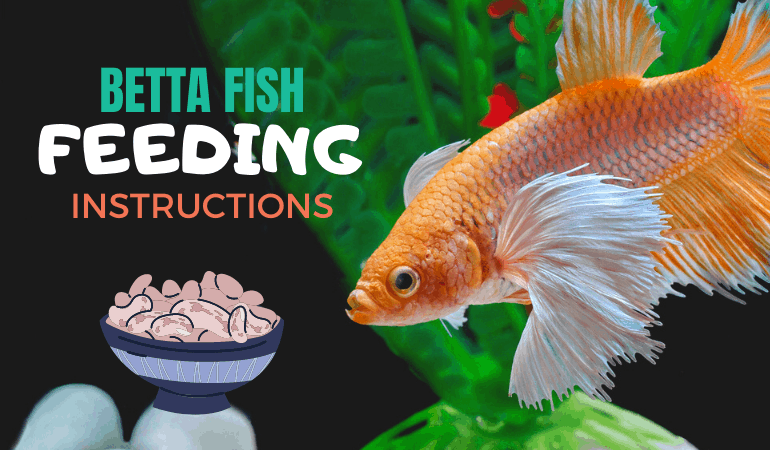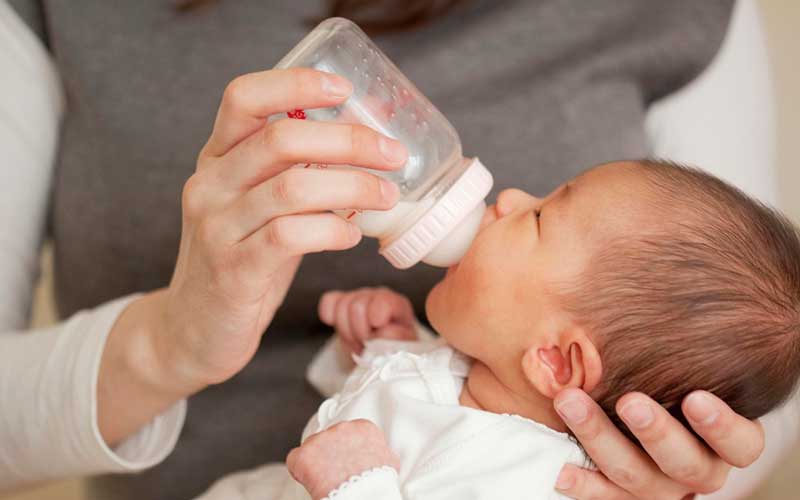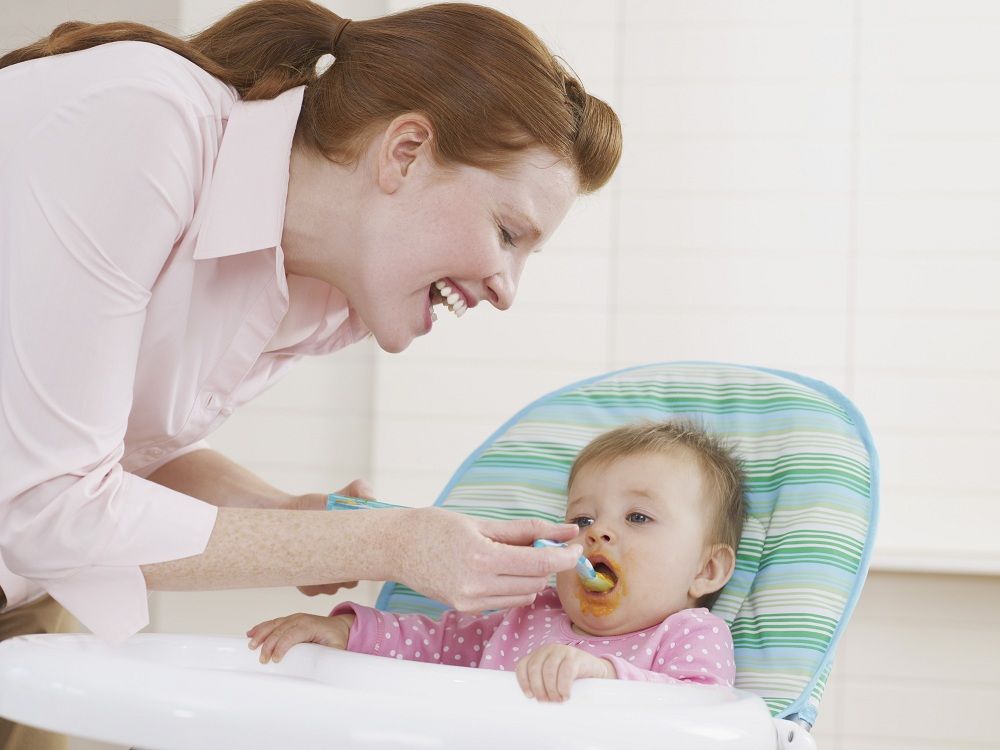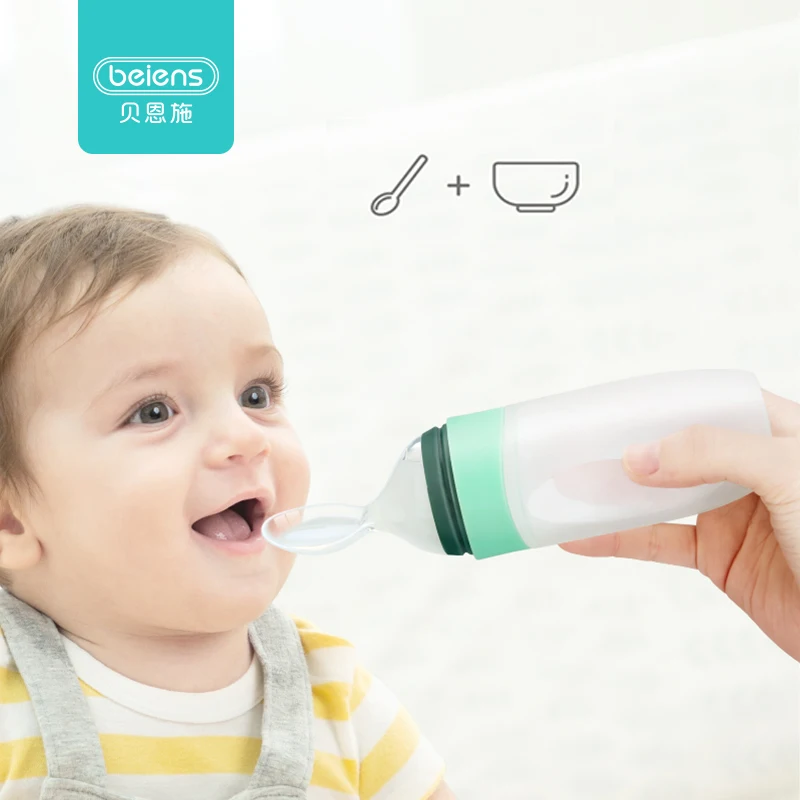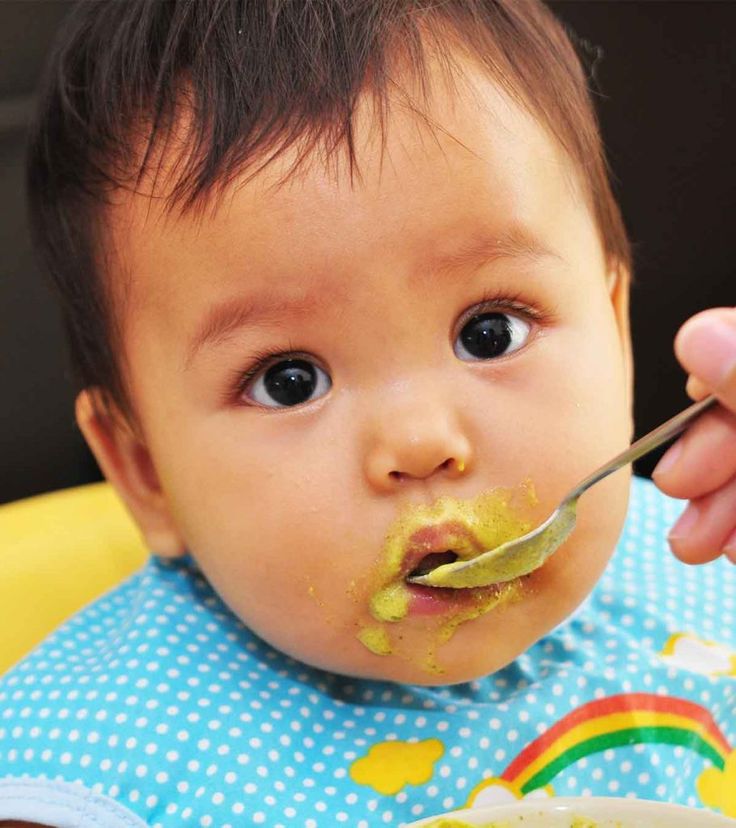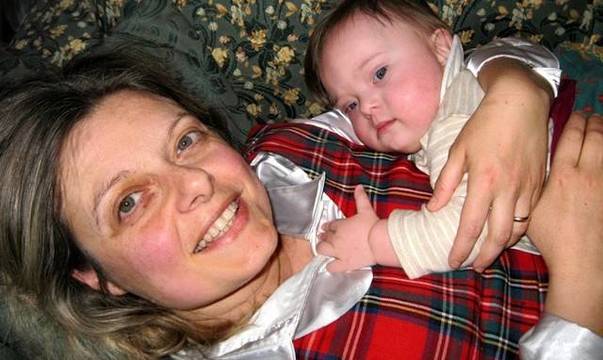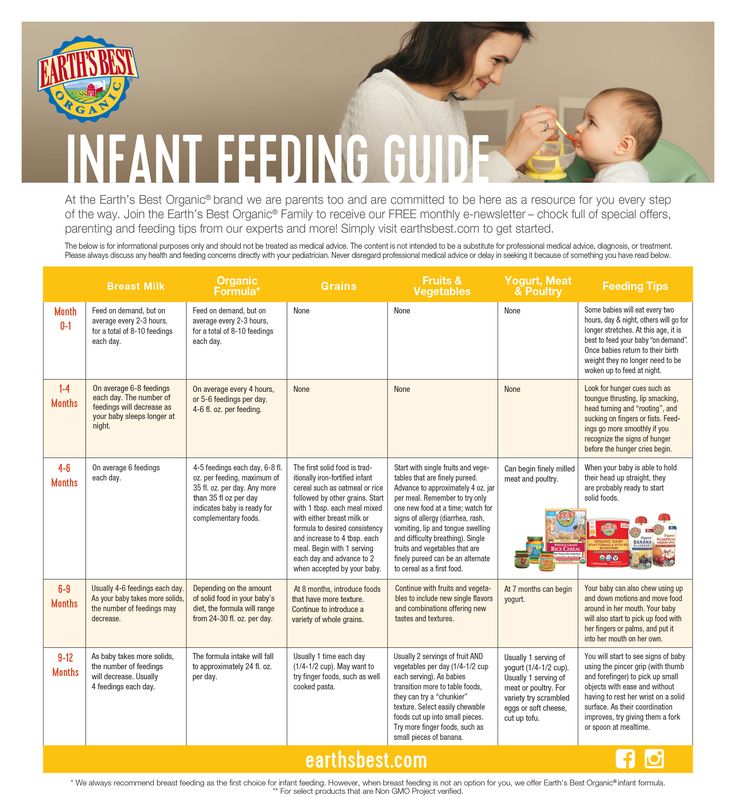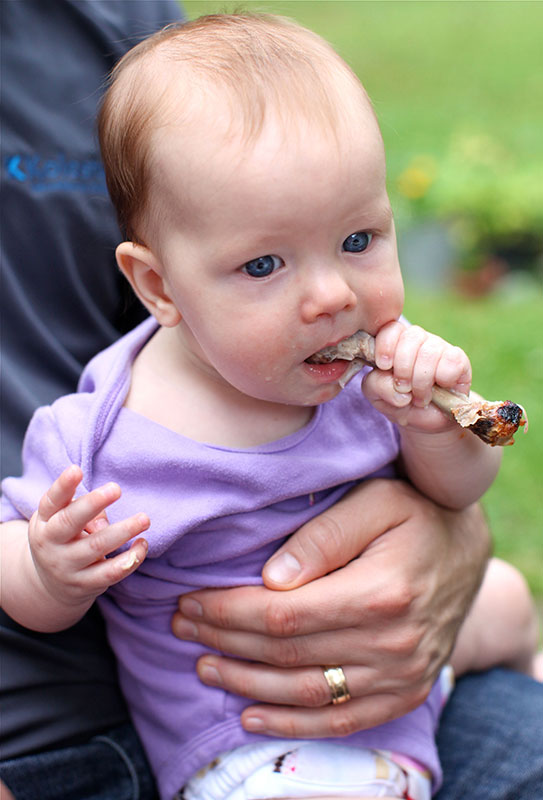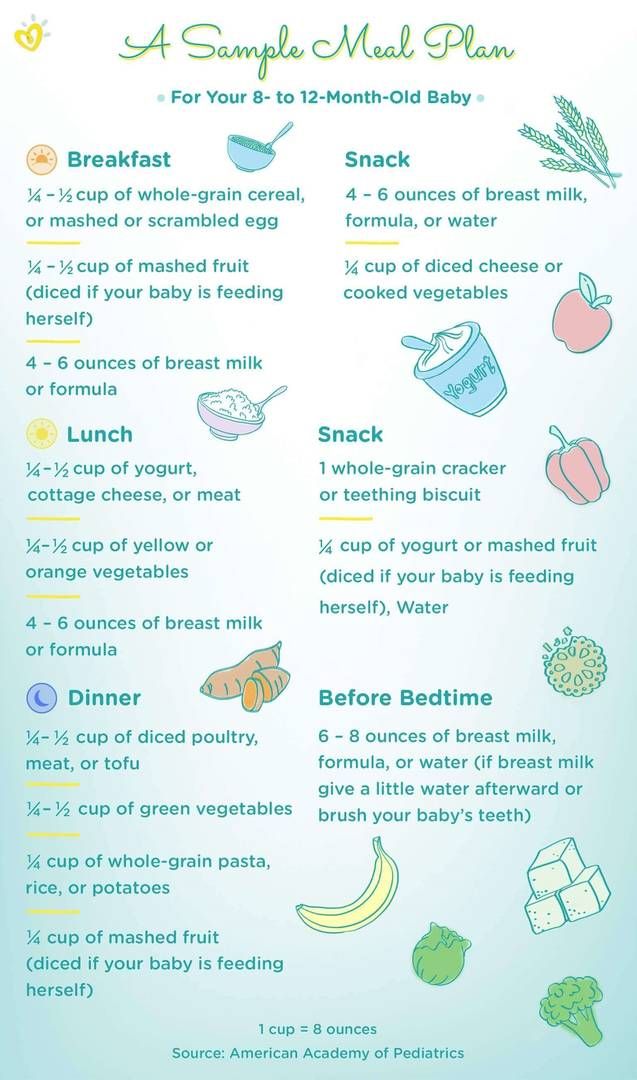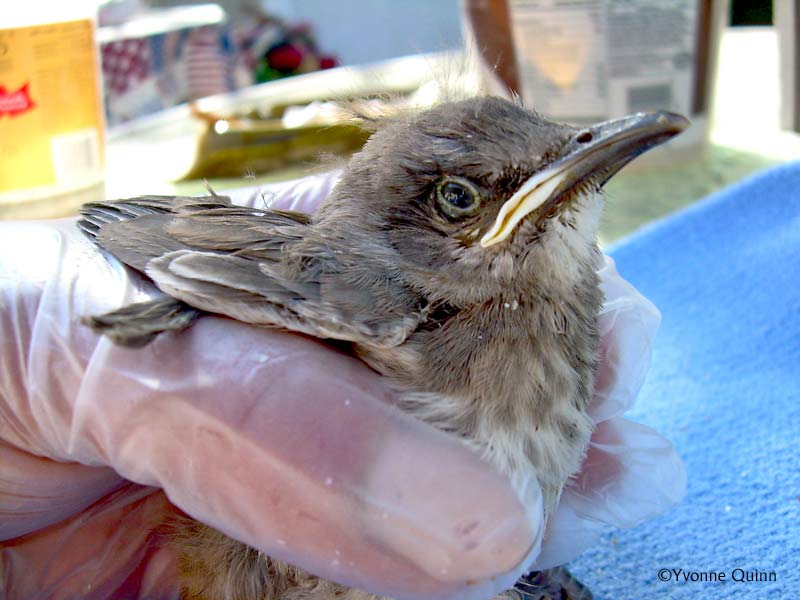How often to feed baby betta fish
Baby Betta Fish: Care Guide, Growth Charts & Tips (with Pictures)
You may be reading this article because you’re new to the betta fish world and aren’t sure how to start. Or perhaps you have some betta experience but want to know more about how to raise a baby. Either way, we’ve got you covered.
You need to know from the beginning that baby bettas are exceptionally difficult to raise, so it’s recommended that only very experienced and knowledgeable fish owners and breeders attempt to raise betta fry. It’s also generally recommended that you don’t purchase any from a pet store.
However, if you’ve found yourself in possession of betta fry, we’ll walk you through some of the basics of raising baby bettas successfully.
Where Can I Get a Baby Betta Fish?
This is the tricky part. Essentially, betta fry are very delicate and generally die quite easily if they aren’t cared for properly. Most pet stores don’t give them the best start in life, so you’ll need to use your own judgment by checking on the conditions of the fry inside the pet store tanks. The youngest a betta fry should be is 7 weeks old if you’re going to purchase one and bring it home.
Bettas are typically kept and sold in cups, so check to see if the water is clean and how active the fry is. If there’s a lot of dead fish in the tanks and cups, don’t buy your fish at that location and visit another pet or fish store.
Your next best bet is buying a betta fry from a good breeder. Search online and look for message boards and groups devoted to betta fish, and someone will likely be able to help.
One of your best options is to breed your own. If you have a hand in the breeding of betta and are able to care for newly hatched fry, you’re more likely to raise them successfully.
Baby Betta Growth Chart
Image Credit: Agusngidem, ShutterstockBetta fish are thought to be fully developed by 7 months of age but are still capable of growing in size, depending on how well kept they are.
The average length of an adult betta is 2.25 inches but can grow up to 3 inches under the right conditions, and they can live from 2 to 4 years as pets.
| Betta Age | Betta Length |
| Egg | 0.03-inch diameter |
| 1-day old fry | 0.1 inch |
| 1 week | 0.2 inches |
| 2 weeks | 0.25 inches |
| 3 weeks | 0.34 inches |
| 4 weeks | 0.45 inches |
| 5 weeks | 0.6 inches |
| 6 weeks | 0.85 inches |
| 7 weeks | 1.1 inches |
| 8 weeks | 1.3 inches |
| 9 weeks | 1.55 inches |
| 10 weeks | 1.7 inches |
| 11 weeks | 1.9 inches |
Source: FighterFish.org
What Kind of Tank Does My Baby Betta Need?
Image Credit: PixabayA baby betta should be in a 2-gallon tank at an absolute minimum, but 2.5 to 5 gallons is the optimal size. Any smaller can be dangerous to their health and will stunt their growth, while any larger can cause stress.
You can increase the size of the tank when they become adults. Additionally, the tank must be fully cycled, and the water parameters need to be maintained. The tank needs to be kept as close to pristine as possible.
Adult bettas require heated water, and the baby bettas actually need the water to be a little higher in temperature. A temperature of 80° F is ideal, but you should stay in the 76° F to 82° F range.
If you decide to use substrate, you should only use sand or small gravel and avoid large rocks or gems. Bettas of all ages enjoy exploring and will investigate the substrate. Betta fry run the risk of becoming trapped under larger rocks or gems and could drown.
Lastly, you must be very careful when changing the water. Betta fry eat frequently and poop a lot, so changing the water is very necessary, but it can also cause the fry a lot of stress. Be as gentle as possible when handling the betta fry during water changes, and try not to make a lot of noises around the tank in general.
If you opt to use a filter, it will cut down on the number of water changes, but you must use a sponge filter. Otherwise, you risk your baby betta getting sucked up into the strong current.
What and How to Feed Your Baby Betta
Image Credit: Dan Olsen, ShutterstockAs already mentioned, baby bettas eat a lot but feeding them can be a little tricky. Your best bet is feeding your fry live food such as brine shrimp and daphnia, as well as tubifex worms, grindal worms, white worms, and mosquito larvae.
If you aren’t able to feed your fry live food, you can try out frozen and thawed as well miniature pellets (which can also be crushed to make it easier for the fry to eat).
You will need to feed your baby betta several times every day. A minimum of 2 times a day but definitely more if they are very young. As your baby betta grows, the size of the food should become bigger as well.
Can Baby Betta Fish Live Together?
Image Credit: Arunee Rodloy, ShutterstockUp until a certain age, baby bettas can absolutely live together.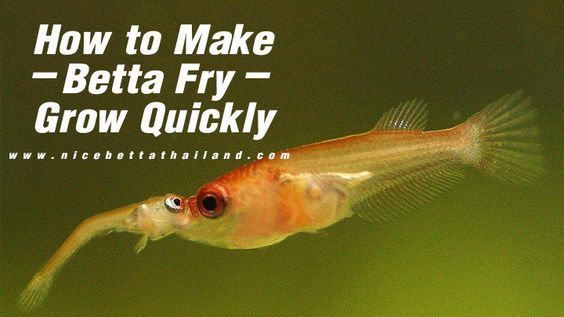 By the time they reach about 8 to 9 weeks of age, the Bettas will start to show their colors. This can occur at an earlier stage, but this is quite rare. When they begin to show their colors, the males will start to show aggression, so this is a good time to separate them.
By the time they reach about 8 to 9 weeks of age, the Bettas will start to show their colors. This can occur at an earlier stage, but this is quite rare. When they begin to show their colors, the males will start to show aggression, so this is a good time to separate them.
Once they are separated, you can either provide each of them with their own tank or you can put them in cups. Keep in mind that bigger bettas are quite likely to eat smaller fish.
You should also avoid placing any other tank mates in with a very young betta. Again, this could cause potential harm and stress, even with the most benign tank mates.
How to Make My Baby Betta Grow Bigger
Image Credit: Seno Aji, PixabayThe best way to ensure your betta grows to a large and healthy size is based entirely on how well you’re taking care of it and how old it is.
First, you should ensure the aquarium is a minimum of 5 gallons in size (and larger is always better). It should have filters to help maintain the water, which will keep the tank in the most pristine condition.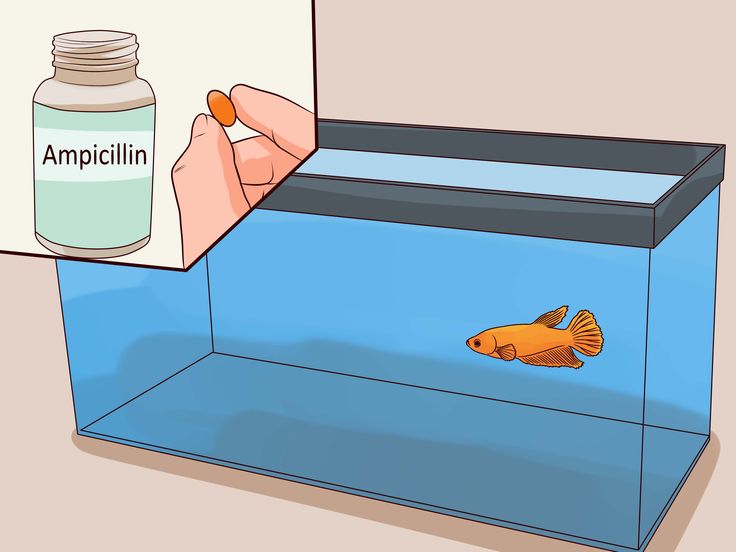 You should also be sure to keep an eye on the temperature and that it falls within the tropical range of 76° F to 82° F. Invest in an internal thermostat heater that can maintain an ideal 78°F temperature.
You should also be sure to keep an eye on the temperature and that it falls within the tropical range of 76° F to 82° F. Invest in an internal thermostat heater that can maintain an ideal 78°F temperature.
Diet is also key and needs to consist of food that is rich in protein. Bettas are carnivores, so follow the advice in our section above on what to feed your baby betta and it will help your fry to thrive. Do as much research as possible on what to feed your fry so your baby betta will eat well.
Limiting stress is super important, and you should be familiar with some of the more common aquatic diseases, such as:
- Dropsy
- Ich
- Fin and Tail Rot
- Swim Bladder Disease
Meticulous monitoring of your baby betta and ensuring you’ve done everything to help protect it and care for it should all potentially allow your fry to grow bigger and live longer.
How to Breed Betta Fish
Image Credit: subin pumsom, ShutterstockYou need to start with a breeding tank, which is also the tank that the fry will grow up in.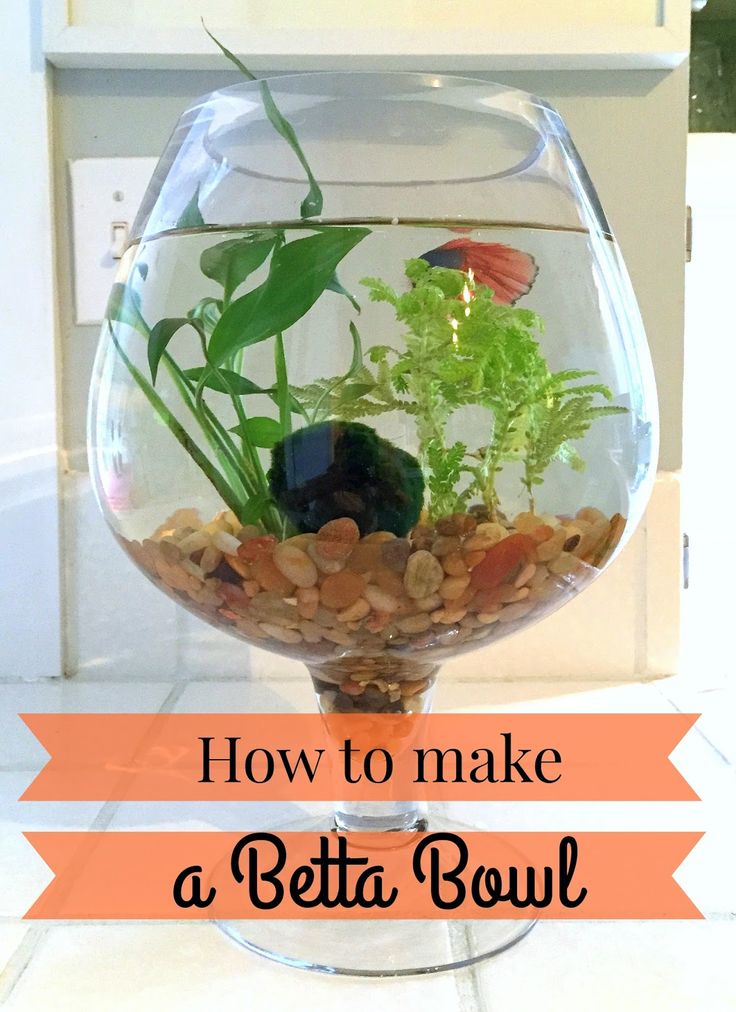 Your best bet is a 10-gallon tank and no substrate.
Your best bet is a 10-gallon tank and no substrate.
Female betta fish can be kept together in the same tank. Usually, 4 to 6 in a tank should be fine. Male Bettas must be housed separately, or chances are, they will fight to the death, hence their original name, Siamese Fighting Fish.
Ensure the male is energetic and healthy, has undamaged fins, and is brightly colored (interestingly, studies have shown that female bettas seem to prefer red over blue-colored males).
Start by adding the female into the breeding tank and then add the male after about 30 minutes. They’ll engage in mating rituals that will include the male making a bubble nest that floats on the top of the tank’s water (it will look like a large cluster of tiny bubbles). The male then hovers under the nest and waits to mate with the female.
Once they’ve mated, the female will lay her eggs, and she should be removed once this is done. The male will start placing the eggs in the bubble nest and will spend the next 3 days looking after the nest and the newly hatched betta fry.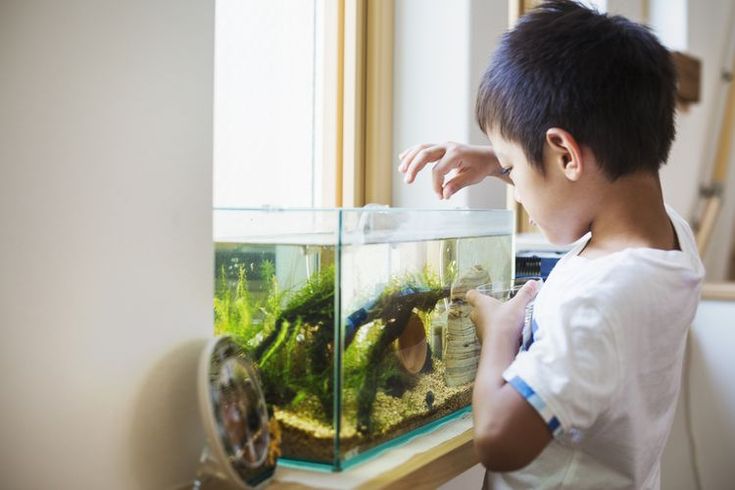 Once the fry are swimming on their own, the male should be removed, and you can start feeding the babies.
Once the fry are swimming on their own, the male should be removed, and you can start feeding the babies.
Conclusion
Now you know what it takes to raise a baby betta. It’s not an easy task—even the process of buying a betta fry can be daunting. You should most definitely do a lot of research before you opt to purchase your first fry, and keep in mind that it is really a task meant for someone with experience with bettas.
We hope we’ve provided you with a bit of insight into raising a betta fry. It’s absolutely a labor of love, and while challenging, it’s also very rewarding.
Featured Image Credit: ZooFari, Wikimedia Commons
How Often Should You Feed A Betta Fish? Tips To Feed Your Fish Right
Betta fish are opportunistic feeders who eat a wide variety of foods you might not expect.
It's critical to get the feeding right for your betta's health. If you give them a bad diet, they won't have the nourishment they require, and if you are overfeeding them, they'll bloat.
A betta fish, often known as a Siamese fighting fish, is a small freshwater fish that eats largely liquid nutrition. Although conventional betta fish feed is available, there are various betta fish food homemade solutions for a frugal betta owner seeking a low-cost alternative to store-bought fish food. If you want to return home with a stress-free pet fish, you should house your betta fish in a well-established aquarium, similar to which it is already used.
Owners not recognizing and placing too much food in the tank is one of the most likely reasons for betta fish sickness. Feeding too much food can cause the fish to bloat and any leftover betta fish food will drop to the bottom of the tank and become waste, contaminating the tank water. If your fish appears to be underweight, you may not be feeding it enough, or you may have a parasite problem. If your fish is displaying parasite symptoms, you may need to switch to a fresher food source. Until the parasite settles, natural and live food options could be brine shrimp, bloodworms, or mysis shrimp.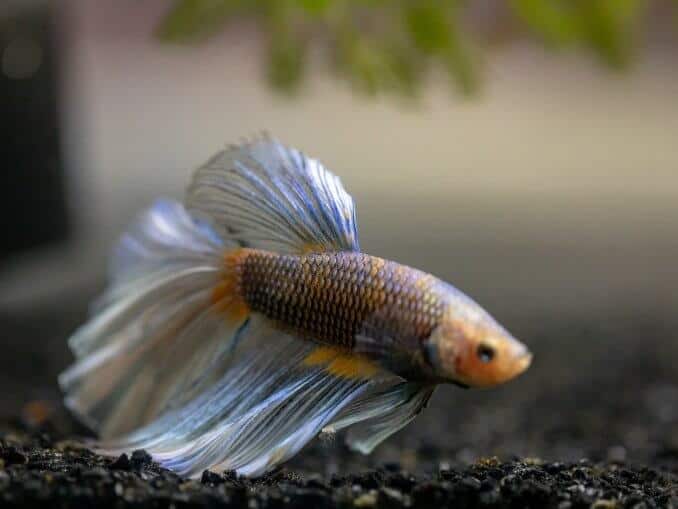 Then, when your pet betta's healthy, they can eat their regular food.
Then, when your pet betta's healthy, they can eat their regular food.
You can feed your betta fish freeze-dried food or frozen food. Bettas are carnivores so you can almost replicate their natural diet by giving them freeze-dried and frozen food. Bettas obtain vitamins and nutrients from frozen food that they wouldn't get from flakes or pellet food. Betta fish don't require food every day. Instead, feeding your betta two to four pellets once or twice a day is advised. When betta pellets are placed in tank water, they expand and become very filling for your betta fish. Betta fish may go for 10-14 days without needing to eat anything. However, there are several important considerations about feeding to make before leaving your pet betta fish alone for an extended period of time.
What do betta fish eat?It is recommended that your betta should eat a minimum of two meals each day by feeding your betta about six to eight hours apart, assuming their tank is at the optimal temperature. If your fish is presently mating or at the hotter end of the ambient temperature 80-82 F (27-28 C), you can offer food up to three times each day.
If your fish is presently mating or at the hotter end of the ambient temperature 80-82 F (27-28 C), you can offer food up to three times each day.
Bettas are carnivorous predators that primarily feed on bugs and insect larvae available in nature. The vivid colors and exquisite fins of betta fish, often called Siamese fighting fish, are well-known. It's critical to feed your betta fish the right betta food and keep them in the right environment. These requirements are distinct from those of other regular household fish. Betta fish eat a high-protein diet since they are natural carnivores. Some experts argue that bettas may live in a tiny tank just by eating plant roots. This is untrue, and it could injure your betta fish.
The best food for betta fish is Betta pellets, which are high in protein and offered in pet stores, are the primary food source for your betta fish. It's critical to use a betta-specific pellet formula. Those made for tropical fish, for example, will not even be nutritious. Betta flakes and pellets contain the right amount of nutrition for the betta fish. They're simple to portion out to keep your fish from overfeeding or underfeeding. Your betta fish may relish protein-rich freeze-dried and frozen food as a sweet treat. Brine shrimp and bloodworms are examples of these kinds of frozen foods. These food treats should never be the primary source of nutrition for your betta fish. They must be nourished in moderation to your betta.
Betta flakes and pellets contain the right amount of nutrition for the betta fish. They're simple to portion out to keep your fish from overfeeding or underfeeding. Your betta fish may relish protein-rich freeze-dried and frozen food as a sweet treat. Brine shrimp and bloodworms are examples of these kinds of frozen foods. These food treats should never be the primary source of nutrition for your betta fish. They must be nourished in moderation to your betta.
Betta fish are carnivores who require high-protein foods. They feed on small crustaceans, bug larvae, insects, worms, and even smaller fish in the wild. Betta fish would eat a wide variety of foods in a home aquarium, including bloodworms, betta flakes or pellets, daphnia, brine shrimp, worms of tubifex, mysis shrimp, and the larvae of mosquitoes. New betta owners should stick to a high-quality betta-specific pellet and thus keep healthy diets free of treats and additives. Experienced betta keepers may choose to include richer foods in their betta's diet to have many health benefits for their fish.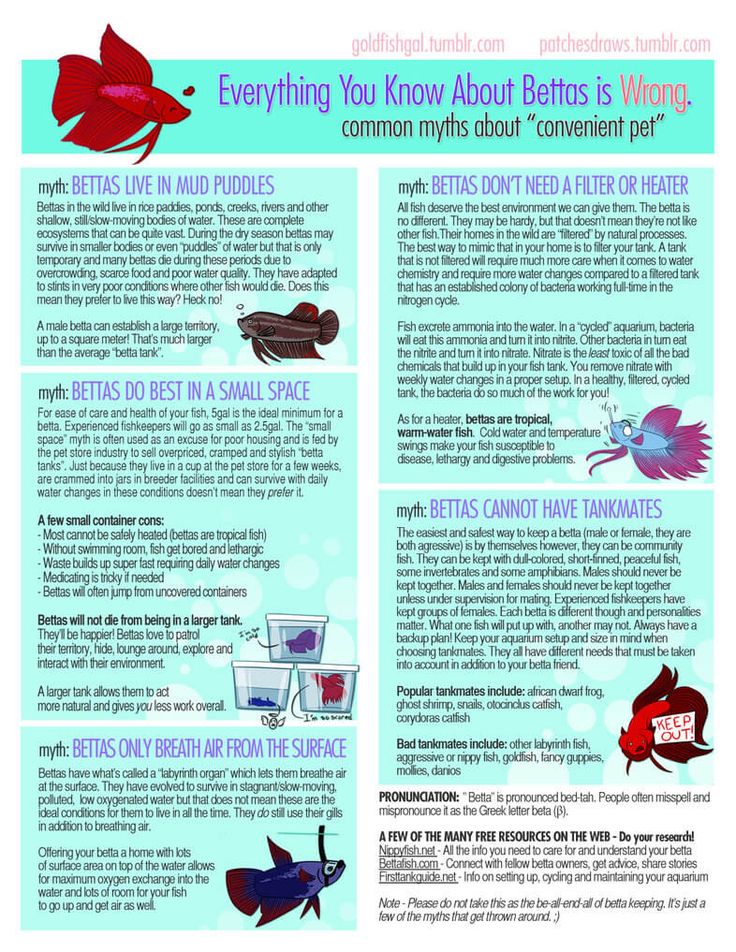 Many different types of specialty fish feeds are available, including freeze-dried and frozen food, and live foods.
Many different types of specialty fish feeds are available, including freeze-dried and frozen food, and live foods.
It is good to feed a betta fish flakes. They're an excellent choice for bettas, especially flakes manufactured by Omega One, a well-known betta fish flakes manufacturer. Give your betta merely a handful of them the first time you feed them. Keep an eye on them to check if they're finishing them all.
How often can a betta fish be fed in a day?You need to feed your betta two modest feeds per day. It's ideal to feed them two times a day, once in the morning and once at night. Spacing these feeds around 12 hours apart and at the same time each day will help you and your betta establish a feeding pattern.
Setting a 12-hour feeding schedule for a betta fish is the right strategy to feed it. Feed your pet twice a day, in the mornings and evenings at the same time. This regimen can help you remember to feed your betta fish even if the feedings aren't exactly 12 hours apart. It's not a great idea to feed your betta more than two times a day. It's worth noting that bettas only eat for around two minutes at a time. This demonstrates how little their digestive tracts are. Consider missing a meal to give their bodies a break. The amount and frequency in which you feed a betta are ultimately determined by how bloated it seems.
It's not a great idea to feed your betta more than two times a day. It's worth noting that bettas only eat for around two minutes at a time. This demonstrates how little their digestive tracts are. Consider missing a meal to give their bodies a break. The amount and frequency in which you feed a betta are ultimately determined by how bloated it seems.
You should keep an eye on the amount of waste in the tank to see if their diet needs to be changed. For best health, you should switch up your routine every now and then. Most betta keepers feed their fish pellets because they are easy to use and effective. They're not quite as messy as other foods, and they're also simple to portion. Foods that have been frozen food or freeze-dried might be provided as rewards or included in their everyday routine. Betta food packaging frequently states that you should feed your betta three times per day. They tell you this so you'll feed your betta more, and they'll make more money selling you fish food as a result.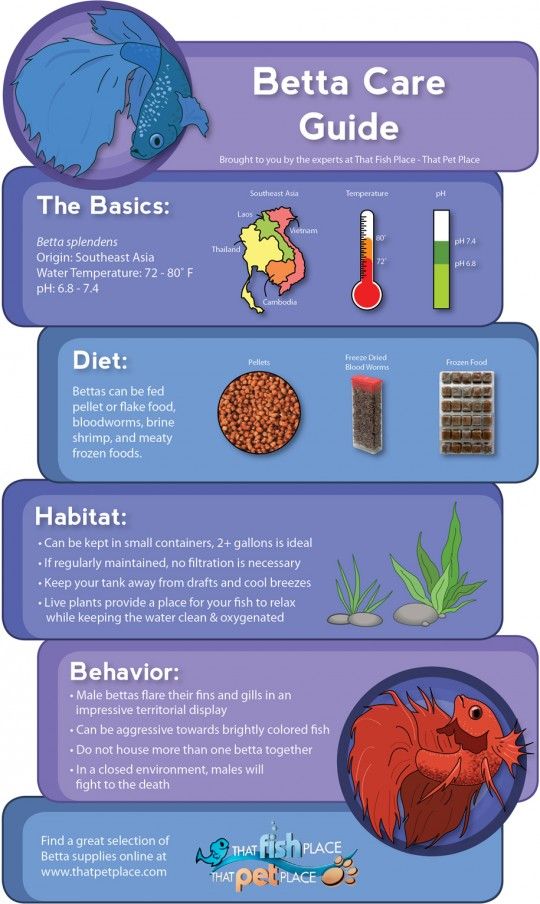
Don't worry if you forget now and then. Betta fish may survive for up to 14 days without food, which is not recommended. Missing a feeding now and then is not harmful to your fish and can even be beneficial in some cases. Allowing your fish's digestive system to rest from time to time can aid in the removal of toxins. Because betta fish have short digestive systems, toxins can accumulate in the digestive tract. Skipping a meal aids in the removal of pollutants. Experts advise getting rid of any leftover food that your betta fish doesn't eat. This food settles at the lowest part of the tank and thus will contaminate the water if not removed.
Every 10-14 days, certain owners choose to starve their betta fish for 24 hours. Constipation can be avoided by fasting. Betta fish in the wild have been observed eating at irregular intervals. Wild betta demonstrates that skipping a meal now and then isn't a negative thing. Observe your fish, notice how it responds to the enhanced feeding schedule. It's a good idea to give your bettas a vacation from eating once in a while. This permits their bodies to cleanse themselves of contaminants before eating the following meal. All you have to do to give them a break is feed them once a day, skip a day, and then resume your normal schedule.
It's a good idea to give your bettas a vacation from eating once in a while. This permits their bodies to cleanse themselves of contaminants before eating the following meal. All you have to do to give them a break is feed them once a day, skip a day, and then resume your normal schedule.
Three to five pellets every meal is a reasonable general rule if you're feeding a pellet food. This is dependent on the size of your betta and the size of the pellets. As a result, begin at the bottom. One or two medium-sized fish flakes every feeding will suffice if you're providing flake food. Once you've decided on your fish's diet, make sure the dish is securely stored and updated every six months. It is not evident that a betta finishes an entire container of food. Because particle sizes vary so much, it's best to offer a portion of pellets per meal that would be the same size as your betta's eyeball.
Depending on the product, it might be as little as two or three or as much to feed as six or seven.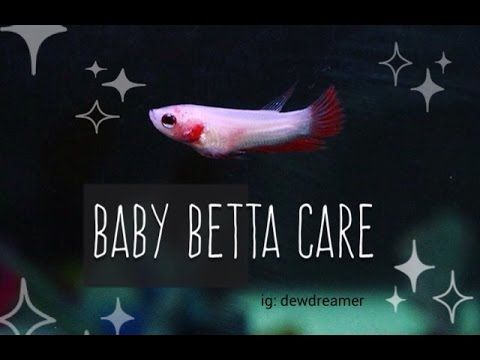 It is not necessary to soak the fish's pellets before feeding them. Dry pellets are easily consumed by any fish, and soaking them simply reduces their nutritional value. These instructions will not only keep your fish healthy but will also keep your tank clean. Overfeeding can result in an accumulation of ammonia in your tank. The small size of the micro-pellets to feed betta allows smaller fish to readily catch and hold them in their jaws. Hikari micro-pellets are also high in nutrition and easily digestible.
It is not necessary to soak the fish's pellets before feeding them. Dry pellets are easily consumed by any fish, and soaking them simply reduces their nutritional value. These instructions will not only keep your fish healthy but will also keep your tank clean. Overfeeding can result in an accumulation of ammonia in your tank. The small size of the micro-pellets to feed betta allows smaller fish to readily catch and hold them in their jaws. Hikari micro-pellets are also high in nutrition and easily digestible.
Three to five times a day, very few meals should be offered to a healthy fry (baby fish). Depending on how many betta fry you have in the tank, you may just need a few sprinkles or a few piles of food. Baby fish, as well as actively breeding fish, require a higher protein and fat diet than adult fish. Baby bettas should be fed food designed for baby fish, not necessarily bettas, from the time they are fry until they are four to six months old.
If you're wondering how often to feed a betta fish fry, examine the following information. The frequency with which young betta fish are fed differs from that of adult betta fish. Baby betta fish require more fats and protein than adults, and they should be fed three to five times a day with little meals. Furthermore, you can feed fry bettas any baby fish food until they hit the age of four to six months. When caring for younger bettas, nourishing them two times a day is entirely acceptable. Just keep in mind to offer them twice a day, once during the morning and again at night.
Due to their high growing demands, baby bettas require at least two daily feedings of modest quantities. You can feed baby betta fish mosquito larvae, baby brine shrimp, daphnia, and micro worms. You can introduce different fish meals, such as pellets, as they mature into healthy juvenile bettas.
Disclaimer
At Kidadl we pride ourselves on offering families original ideas to make the most of time spent together at home or out and about, wherever you are in the world.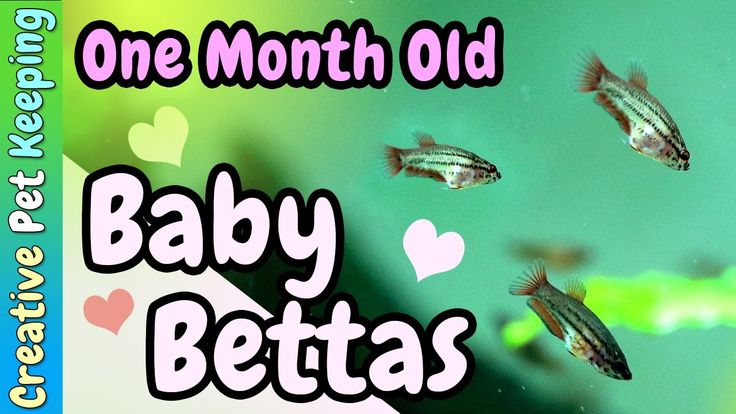 We strive to recommend the very best things that are suggested by our community and are things we would do ourselves - our aim is to be the trusted friend to parents.
We strive to recommend the very best things that are suggested by our community and are things we would do ourselves - our aim is to be the trusted friend to parents.
We try our very best, but cannot guarantee perfection. We will always aim to give you accurate information at the date of publication - however, information does change, so it’s important you do your own research, double-check and make the decision that is right for your family.
Kidadl provides inspiration to entertain and educate your children. We recognise that not all activities and ideas are appropriate and suitable for all children and families or in all circumstances. Our recommended activities are based on age but these are a guide. We recommend that these ideas are used as inspiration, that ideas are undertaken with appropriate adult supervision, and that each adult uses their own discretion and knowledge of their children to consider the safety and suitability.
Kidadl cannot accept liability for the execution of these ideas, and parental supervision is advised at all times, as safety is paramount.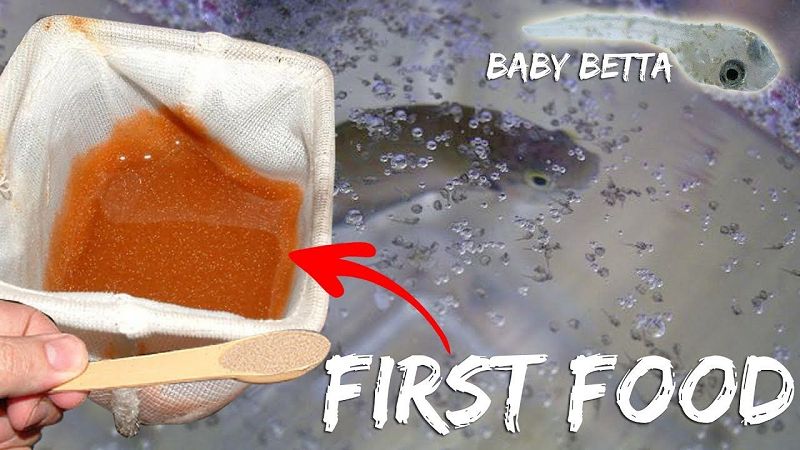 Anyone using the information provided by Kidadl does so at their own risk and we can not accept liability if things go wrong.
Anyone using the information provided by Kidadl does so at their own risk and we can not accept liability if things go wrong.
Sponsorship & Advertising Policy
Kidadl is independent and to make our service free to you the reader we are supported by advertising.
We hope you love our recommendations for products and services! What we suggest is selected independently by the Kidadl team. If you purchase using the buy now button we may earn a small commission. This does not influence our choices. Please note: prices are correct and items are available at the time the article was published.
Kidadl has a number of affiliate partners that we work with including Amazon. Please note that Kidadl is a participant in the Amazon Services LLC Associates Program, an affiliate advertising program designed to provide a means for sites to earn advertising fees by advertising and linking to amazon.
We also link to other websites, but are not responsible for their content.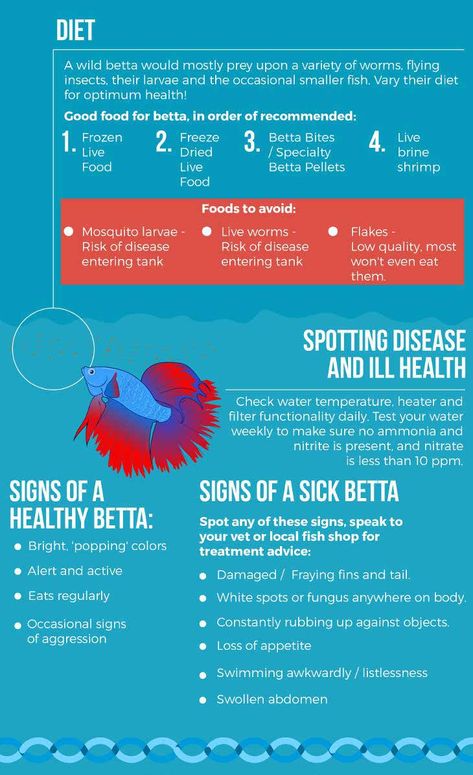
Read our Sponsorship & Advertising Policy
How to properly feed aquarium fish with dry food
High quality dry fish food is a complete replacement for natural food. They are completely free from parasites and, when properly fed, rarely cause bacterial diseases. Remember to follow the basic rules for feeding dry food: soak it for 7-10 minutes before feeding it in the aquarium and do not overfeed fish, especially voracious goldfish and cichlids. You can find out what types of feed are available on the domestic market in the corresponding article. And we are moving on to the selection of specific diets - it's time to learn how to feed the fish with dry food!
Buying tips for dry fish food
Decide on the volume: it doesn't make sense to take a large jar to try - but if you are sure of the manufacturer and the specific diet, this will save you money. Feel free to consult: the choice of food is influenced even by seemingly indirect conditions of detention, such as the presence or absence of a filter.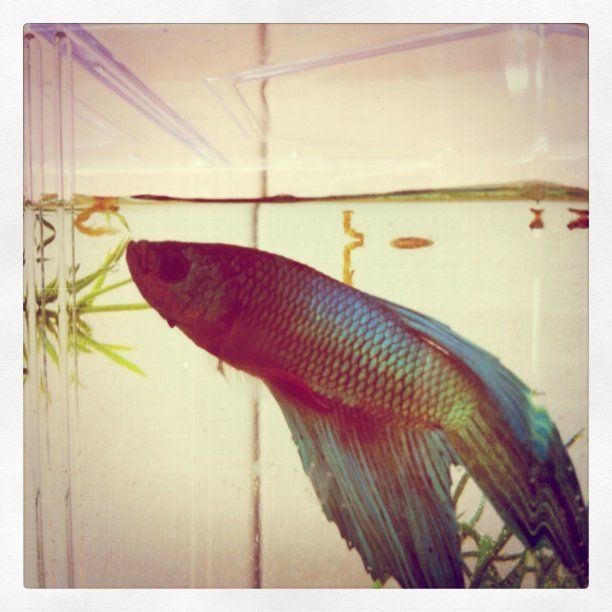 Many manufacturers produce special lines for fry or even medicated feed containing an antibiotic.
Many manufacturers produce special lines for fry or even medicated feed containing an antibiotic.
Don't forget that marine fish need special food, many freshwater diets will not reveal their natural color and shape. Speaking of color problems, leading pet food manufacturers make rations to improve coloration.
If your fish do not lay enough eggs during spawning, look for foods with a high protein content or special ones to increase fertility. Remember that the cleanliness of the water is especially important in the spawning area, and if earlier the solution to the problem was a short-term hunger strike of the fish, today you can use food that does not pollute the aquarium.
Popular sections:
Aquariums Sale of kittens and puppies Terrariums Products for cats Products for dogs To properly feed your fish with dry food, try taking into account the needs of all your pets or planting species that need diametrically opposed food. Hungry fish can grab any food because they do not understand the composition of the pellets.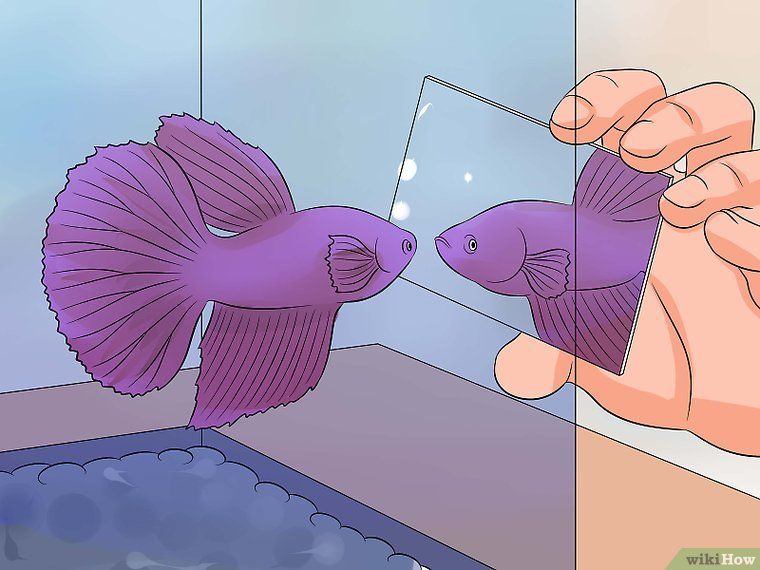 But excess animal protein can lead to poisoning and gastrointestinal problems in herbivorous species such as tropheus.
But excess animal protein can lead to poisoning and gastrointestinal problems in herbivorous species such as tropheus.
For those who like to travel or often go on business trips, so-called. weekend food that can be stored in water for a long time without decomposing, without polluting the aquarium environment and without losing useful substances.
Buy food in specialized stores. Check the expiration date and the integrity of the packaging before buying, it can save the life of your pets. Loosely closed packaging leads to rapid oxidation of vitamins and reduces the nutritional value of the feed.
Feeding of one species of fish
The feeding regime in monospecies aquariums is determined by the age of the fish they contain. Adults perfectly manage 1-2 meals a day. Young growth is desirable to feed 4 times with an interval of 6 hours. It is recommended to feed fry under the age of 1 month every 4 hours, including at night; therefore, automatic feeders are often purchased in children's aquariums.
Even within the same species, the rate of food intake can vary significantly and depend on the time of year, the number of fish in a flock, and the stage of the reproductive cycle. Therefore, you should focus on the average saturation rate for the available fish. Some feed rapidly and are completely full in a few seconds; slower types of meals require up to 15 minutes. If you don't know how long it takes fish to eat, watch out: slower movements and less active feeding indicate that their stomachs are full.
When choosing a feeding regimen, the natural diet of pets should also be taken into account; it determines how often you will have to feed your aquarium fish. Algae-eaters and similar fish usually feed almost around the clock, but always in small portions. Hideout-loving bottom fish may not come out of their caves all day, so their portions should be well kept in the water until nightfall. Large predators absorb a large amount of food at a time, and then do not need food for a long time up to 2-3 days.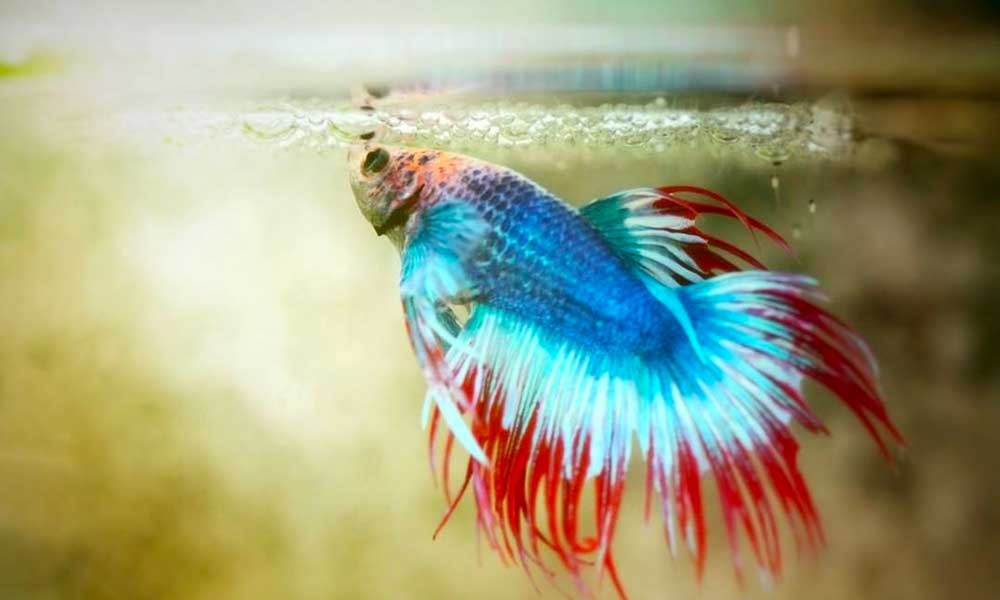
Remember: even if the aquarium contains fish of the same species, the food should not be monotonous. Don't get hung up on one food. For example, you can use food to improve the color as a supplement to the main food several times a week.
Feeding different types of fish
Some fish species are universal in terms of nutrition, they feed in all layers of the water and willingly eat any food. But others need special nutritional conditions. How to feed aquarium fish with different needs? Bottom-dwelling fish that like to collect food crammed into crevices and voids between pebbles are better at eating specialized sinking diets with a stabilized shape. Fish that feed in the middle layers are usually unpretentious, but it can be difficult for them to pick up spilled chips from the surface, so remember to soak them before feeding. Species that prefer to feed near the surface usually have an appropriate bulldog mouth structure; it is better for them to choose light balloons that stay in the upper layer for a long time and do not sink, because such a fish cannot collect them from the bottom.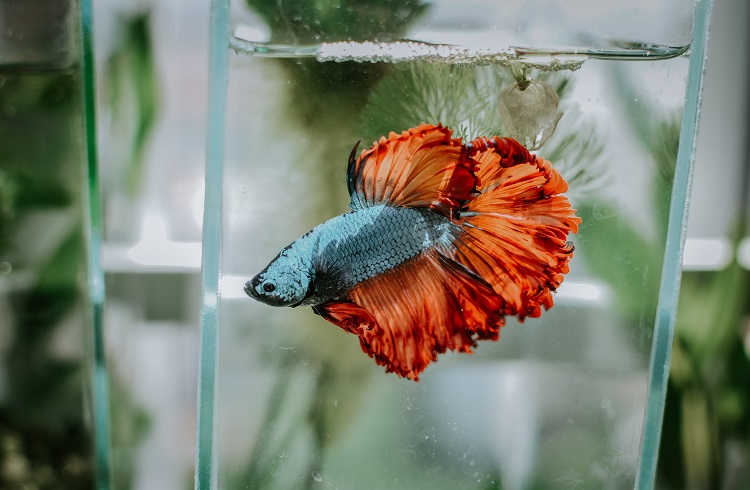 Many manufacturers produce food labeled for all types. When choosing this or any other diet, make sure that its fraction makes it easy for all the inhabitants of the aquarium to swallow pieces.
Many manufacturers produce food labeled for all types. When choosing this or any other diet, make sure that its fraction makes it easy for all the inhabitants of the aquarium to swallow pieces.
If the aquarium population consists of euryphages (omnivorous species), there are usually no feeding problems. But even within the same species or flock there is a hierarchy. If you can't make sure that every fish eats its fill, take the advice of experienced aquarists: arrange a buffet twice a week, almost without limiting the fish in the feed. It happens that within one aquarium it is necessary to organize selective feeding. In this case, you will have to go to the trick and play on the differences in the size of the fraction and the layer where the fish feed. You can also train the fish to flock for feeding by lightly tapping on the glass.
Feeding fry
Feeding fry in the first month of life determines their species value and potential for further reproduction. At this time, they are especially vulnerable, so the vast majority of aquarists use special food for fry.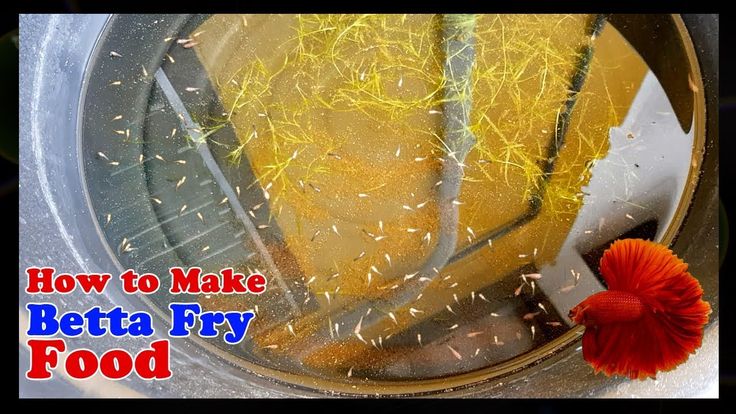 Such diets are distinguished by the optimal size of granules, soft but stable texture and the addition of biologically active complexes for healthy development and maintenance of immunity. The feeding regimen is determined by the type of fry. On average, the interval between meals for fish up to a month should not exceed 2-4 hours. Whatever food you choose, remember that it should be a source of easily digestible proteins.
Such diets are distinguished by the optimal size of granules, soft but stable texture and the addition of biologically active complexes for healthy development and maintenance of immunity. The feeding regimen is determined by the type of fry. On average, the interval between meals for fish up to a month should not exceed 2-4 hours. Whatever food you choose, remember that it should be a source of easily digestible proteins.
Feeding herbivorous fish
Dry food ideal for species that prefer plant foods. The fact is that high-quality feeds also contain animal protein in small quantities, because in nature algae and plant residues are usually eaten along with crustaceans and invertebrates that have stuck to them. Properly feeding fish with such a diet at home is quite difficult.
Remember that most herbivorous fish have very small (or no) stomachs and long intestines. Therefore, for them it is necessary to choose food that does not lose its properties during a long stay in the water. Feeds for benthic species fully meet this criterion, so sweet clover is often added to vegetarians.
Feeds for benthic species fully meet this criterion, so sweet clover is often added to vegetarians.
Choose a feed fraction: too small, it will cause anxiety in the fish, and too large will get stuck in the throat or be reluctant to eat. Pay attention to the needs of filter feeders, who prefer almost dusty food. If you are not sure that all the fish eat dry food, try additionally feeding them with vegetable food, tied to a sinker, it decomposes slowly, and it is convenient to remove the leftovers a couple of hours after feeding.
Feeding predatory fish
Predatory fish can be trained to eat factory food, and still do without natural supplements. It is only important to find food with the optimal composition: at least 45% protein, 4-6% fat and a minimum (2-3%) fiber. The diet of predators involves increased intervals between feeding, most species are enough to feed 1 time per day, and fish hunting for large prey, 2 times less often.
Feeding bottom fish
Normally the food should be eaten by the fish within 2-3 minutes.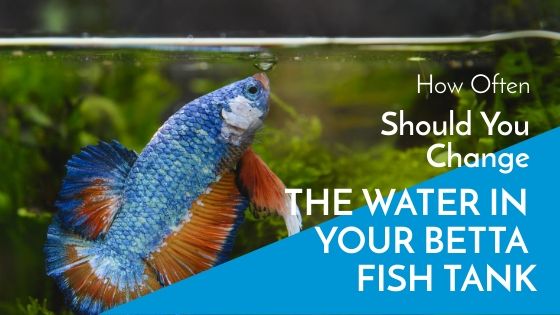 To fill more means to overfeed the fish, and systematic overfeeding leads to obesity, gas accumulation, dropsy, problems with the kidneys, liver, gastrointestinal tract and bacterial diseases. But what to do with catfish and other bottom fish? Many of them eat algae and waste, but this cannot be called a complete diet.
To fill more means to overfeed the fish, and systematic overfeeding leads to obesity, gas accumulation, dropsy, problems with the kidneys, liver, gastrointestinal tract and bacterial diseases. But what to do with catfish and other bottom fish? Many of them eat algae and waste, but this cannot be called a complete diet.
Sinking plates and tablets have been created especially for bottom feeding species. Often they contain ground wood, which is part of the natural diet of sweet clover. They are also distinguished from other feeds by their dense texture, due to which the feed particles do not disintegrate even after a long stay in the water and do not cloud it.
Feeding Siamese fighting fish (Betta fish)
Due to the popularity of Siamese fish as pets, some manufacturers have produced special food for betta fish. In the absence of a narrowly specialized diet, you can feed the betta fish with mixtures for labyrinth fish, to which these veil-tailed beauties belong. Modern high-quality diets do not require animal feeding, in comparison with the monotonous tubifex and bloodworm, it is even preferable to feed the males with dry food. Natural feed for cockerels has two catches: when alive, they often become carriers of infections and parasites, and when frozen, they deteriorate due to non-compliance with storage conditions and repeated freezing.
Natural feed for cockerels has two catches: when alive, they often become carriers of infections and parasites, and when frozen, they deteriorate due to non-compliance with storage conditions and repeated freezing.
As for the regimen, it would be correct to feed the males with dry food 1-2 times a day. Do not forget that this species is prone to overeating; representatives can absorb so much food that the scales on the abdomen bulge and reveal stretched skin. Betta needs a portion of 4-6 grains, which she can eat in 2 minutes. If your fish has a noticeable bulge under the pelvic fins, reduce the portion.
In our store you can buy
Basic color food Frozen food Natural treatsHow and when to feed aquarium fish
A huge variety of fish food is now available to aquarists: , vegetables.
The solution is different and they depend on the goal:
If the goal is for the fish to simply swim and not die, then this is a simple question.
If you want your aquarium fish to be
- active,
- brightly colored and
- healthy
then you will have to confuse, create and apply the right diet for your pet.
In order - how and how much to feed aquarium fish:
1. It is desirable to feed in the same place in the aquarium. You can develop a conditioned reflex in the fish - knock on the glass before feeding, the fish will quickly get used to this sound and will gather in one place, waiting for food.
2. How often should I feed aquarium fish?
If you have adult large fish
It is better to feed once a day, be sure to give them at least 1 unloading day a week. Feed in this case should be eaten in 20-30 minutes. If the food stays for a long time, you have given too much, reduce it next time.
There are many types of aquarium fish that do not have a “limiter” in terms of the amount eaten.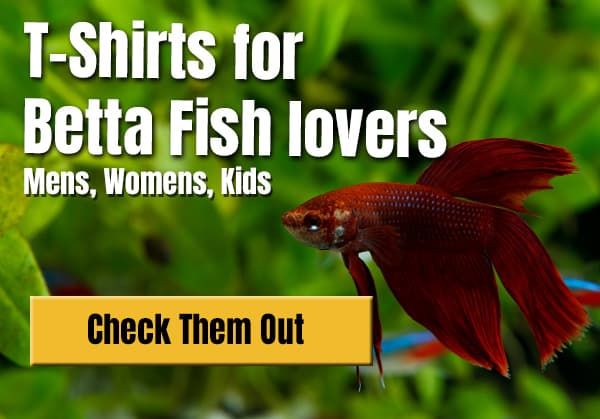
They can't stop and will eat and eat and eat until they get sick, their belly swells up, or they can even die quickly. Your task, if you are lucky enough to have such a breed in the aqua, is to control their amount of food per serving.
If you have young fish - teenagers or adult small fish.
In this case, it is better to feed 2 times a day in small portions so that all the food is eaten within 5-10 minutes
3. How to feed the fish if you have to go away for a few days or a few weeks?
Ideally, if someone from your family, or a neighbor / friend will do this.
But (!) if this is a person who is completely far from aquaristics, then it is better not to feed the fish at all than to risk the loss of all living creatures. Very often, an unprepared person falls asleep too much food, as a result, the water will go bad and all the fish will die.
Adult fish can easily tolerate 3-5 days of fasting.
In the aquarium there is always something to eat - small snails, dying parts of plants, mosquitoes or flies that have fallen into the water.